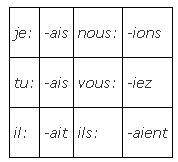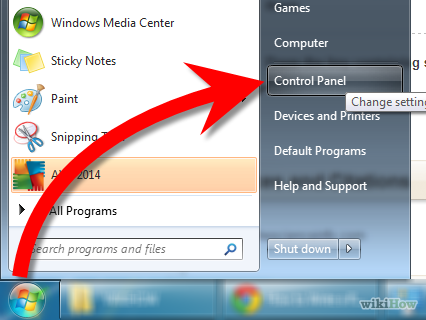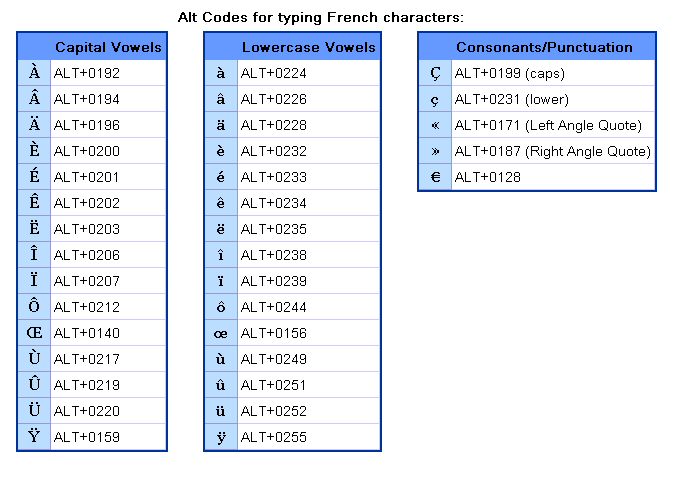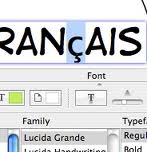L' Imparfait
1) L'imparfait is a form of past tense, it is different from passé composé because imparfait is an on going state of being, something you have done multiple times in the past. Passe compose is a form of past tense but it only talks about something you did once.
2) L'Imparfait is used for habitual repeated actions, and passe compose is used for actions with definite endings. for example, if you played hockey when you were little, you would express that with imparfait. If you played hockey last weekend, you would express that with passé compose.
3) L'imparfait formed with regular verbs:
Pronoun Ending Parler Finir Étudier Manger
parl- finiss- étudi- mange-
je (j') -ais -parlais -finais -étudiais -mangeais
tu -ais -parlais -finais -étudiais -mangeais
il/elle -ait -parlait -finait -étudiait -mangeait
nous -ions -parlions -finions -étudiions -mangeions
vous -iez -parliez -finiez -étudiiez -mangeiez
ils/elles -aient -parlaient -finaient -étudiaient -mangeaient
4) L'imparfait formed with some irregular verbs:
Avoir- j'vais, tu avais, il avait, nous avons, vous avez, ils avaient
Faire- je faisais, tu faisais, il faisait, nous faisons, vous faisiez, ils faisient
Manger- je mangeais, tu mangeais, il mangeait, nous mangeons, vous mangeiez, ils mangeient
Croire- je croyais, tu croyais, il croyait, nous croyons, vous croyiez, ils croyient
Etre- j'etais, tu etais, il etait, nous etions, vous etiez, ils entient
Aller- j'allais, tu allais, il allait, nous allions, vous alliez, ils allaient





 RSS Feed
RSS Feed